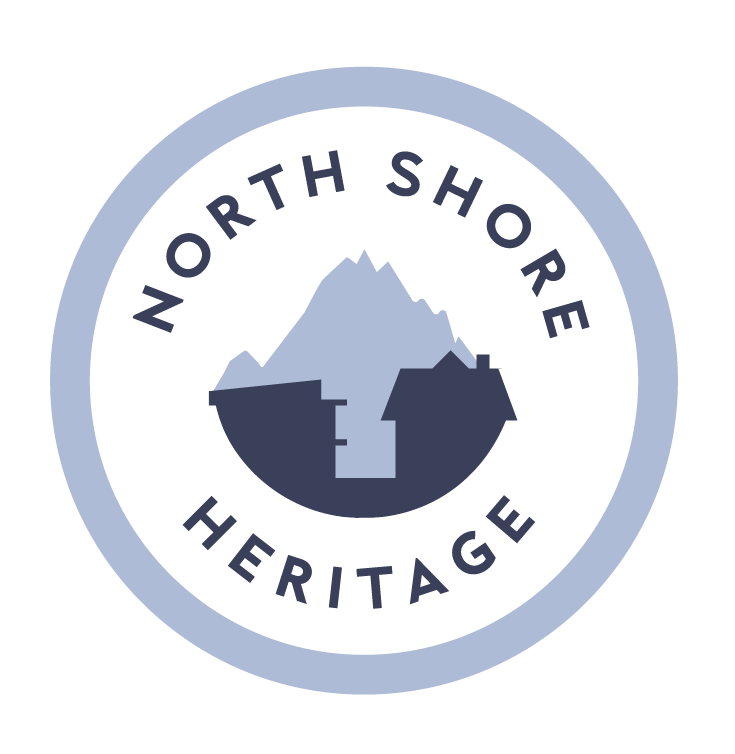The North Shore lies to the north of Vancouver, across English Bay and the Burrard Inlet. It is connected to Vancouver by two bridges and the SeaBus passenger ferry.
The Lions Gate Bridge, which opened in 1938, was built by the Guinness family to service their British Properties residential development
In 1960, the Ironworkers’ Memorial Second Narrows Bridge opened
The SeaBus was launched in 1977, following a tradition of ferry services across the Burrard Inlet dating back to 1873
For many centuries, the North Shore was exclusively the home of the Squamish and Tsleil-Waututh Nations until the arrival of European settlers in 1862. The interaction between the Europeans and First Nations is exemplified in the St Paul’s Mission Catholic Church, which was built in 1884 on the Mission Reserve, a part of the Squamish Nation.
The region's first European community, called Moodyville, started as a successful lumber mill. It evolved into a company community with a hotel, post office, church, jail, school room and ferry. Due to over-logging and a worldwide depression, the mill was closed in the late 1800’s. While archival photos show a thriving community and mill port, no physical evidence of Moodyville remains today.
The District of North Vancouver, incorporated in 1891 with a population of 250, originally extended from Deep Cove to Horseshoe Bay. Eventually, successful business owners along the industrial shoreline near Lonsdale became reluctant to have their taxes used for the expensive development of outlying residential areas. This led to the separation of a small commercial section, which became the City of North Vancouver in 1907.
The City of North Vancouver was incorporated on May 13, 1907 and includes wharves, slips and public buildings which were consigned to the City by the District. In 1915, Moodyville, previously autonomous, was incorporated into the City. The shipyards at the foot of Lonsdale were established in 1906 and became integral to the success of the City. Throughout the war years, the shipyards worked around the clock to fulfill demand.
The District of West Vancouver was incorporated on March 15, 1912 with a population of 1500. In return for assuming a District of North Vancouver debenture, they received 34 square miles west of the Capilano River. West Vancouver became cottage country for some Vancouverites who came by ferry for weekends and holidays. Improved ferry service led to permanent residents. Today, the 1912 “Ferry Building” is an art gallery. In 1926, the Town Planning Act banned new industry, resulting in an entirely residential community which grew, especially after the opening of the Lions Gate Bridge. In 1950 the Guinness family developed Park Royal, the first enclosed shopping mall in Canada, to service the British Properties.

